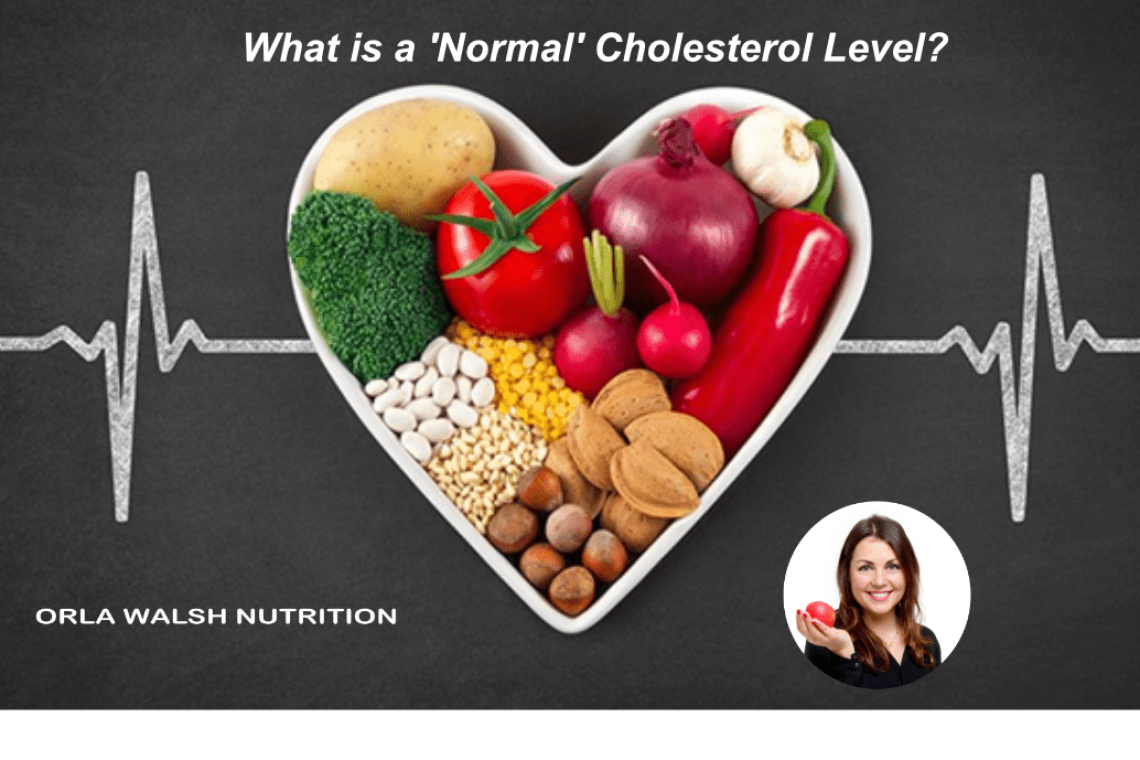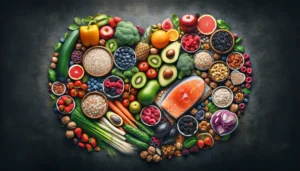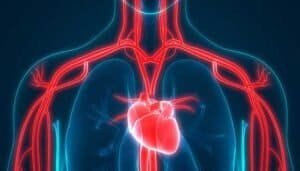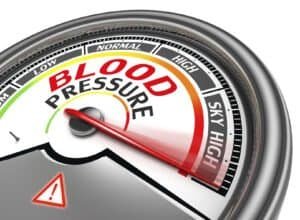Before we answer the question of what is a ‘normal’ cholesterol level, it’s important to understand exactly what cholesterol actually is.
Cholesterol is a fat that roams around in our blood. Our liver makes it and our diet supplies it. We need cholesterol for our body to work as it should. However, we don’t need too much. To put it simply, what matters is;
- Do we have too much of the ‘bad’ cholesterol?
- How long have we had too much?
Good or bad stuff?
When cholesterol and proteins join together they’re called lipoproteins. There are 2 main types of lipoproteins.
- High-density lipoproteins or HDL cholesterol which is ‘good’ cholesterol. It floats around in the blood picking up the bad cholesterol and carrying it to the liver. It’s then removed from the body.
- Non-high-density lipoproteins or non-HDL which is known as ‘bad’ cholesterol. This stuff embeds itself in our blood vessels forming blockages and/or clots that lead to heart attacks and strokes. Bad cholesterol includes the LDL cholesterol that your GP may have discussed with you. Triglycerides also cause the body harm.
Read more about how cholesterol affects heart health.
How do you know you have high cholesterol?
Generally, people don’t know until they get a blood test to check their levels. Contact your GP to arrange a test! A mistake people make is starting to check their cholesterol levels too late in life. After all, it’s not just whether your levels are high, it’s how long they have been high that’s super important.
What is ‘Normal’?
Firstly let’s not say ‘normal’. It’s actually normal for lots of people to have an unhealthy profile of cholesterol. Normal just means it’s common. Understanding what’s healthy and what’s not can help you target individual bits of your results with specific foods. For example, you might need to reduce your intake of sugar if your triglycerides are too high or eat more pecans if your LDL is too high. Check out the table below and compare against your latest results. Are any too high or too low?
| Result | Healthy level (mmol/L) |
| Total cholesterol | 5 or below |
| HDL (‘good’ cholesterol) | 1 or above |
| Non-HDL (‘bad’ cholesterol) | 4 or below |
| Fasting triglycerides | 1.7 or below |
| Non-fasting triglycerides | 2.3 or below |
| Total cholesterol to HDL cholesterol ratio | 6 or below |
Managing unhealthy cholesterol levels
Don’t make the mistake of looking at just one thing like diet. To really reduce your risk of heart disease you need to look beyond this to other aspects of your life. For example;
- Diet makes a big difference. Research shows that improving your cholesterol levels by 30% is possible with as little as 4 changes.
- Reducing stress
- Sleeping more
- Exercise that makes you out of breath
- Exercise that makes your muscles stronger
- Stopping smoking
If what matters is how high your cholesterol is, and how long it’s high, it’s safe to say that changes are necessary immediately. Do NOT kick the can down the road.
Enrol in my online course which teaches you how to lower cholesterol and learn more about how to manage your cholesterol levels. Alternatively, if you would like to speak to me or one of the team of registered dietitians about cholesterol or a more specific health issue, you can book a consultation, either virtually or in person at Orla Walsh Nutrition.











